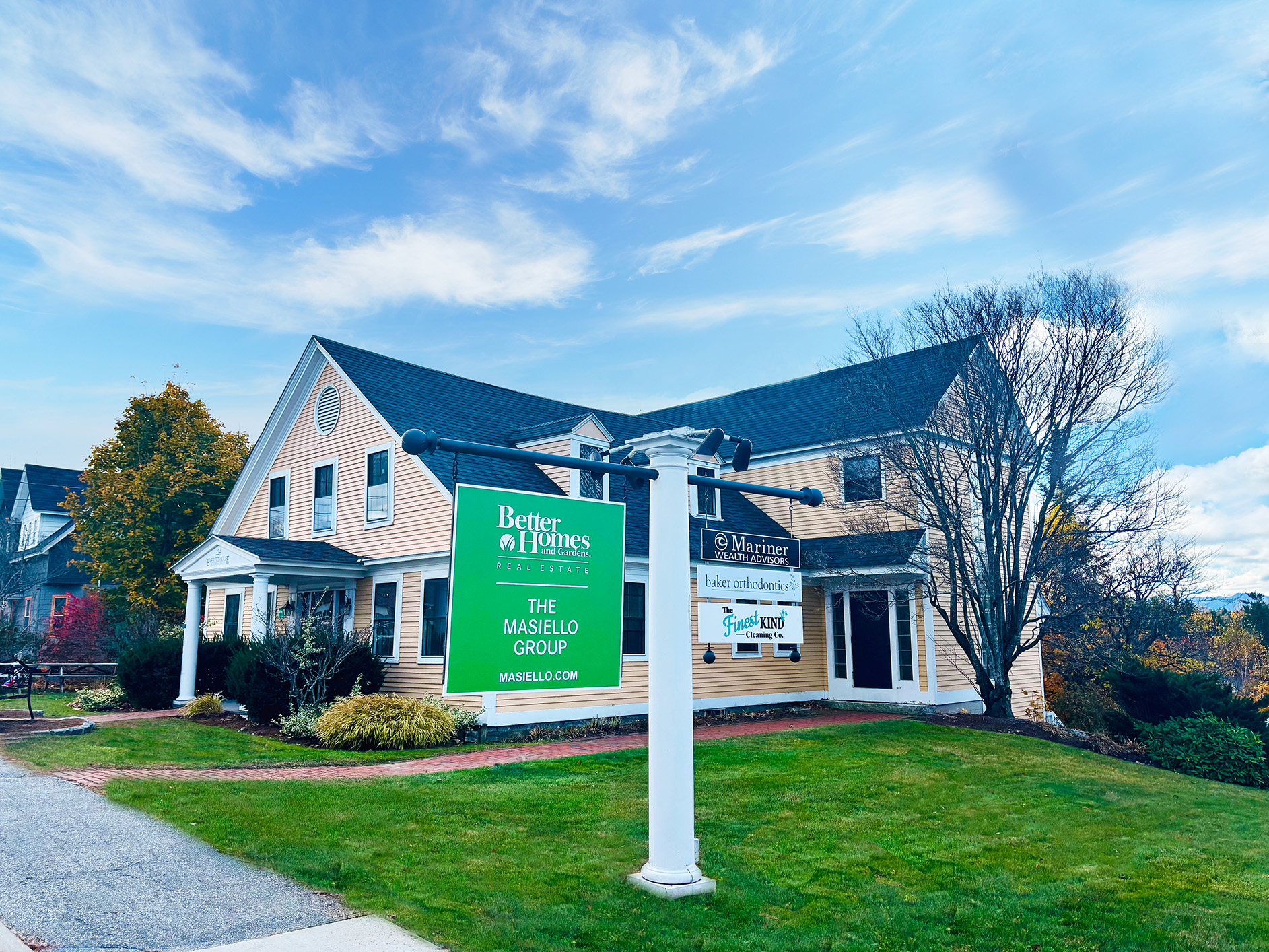Don't Be A Drip, Fix That Leak!
Drip. Drip. Drip. The average American household wastes more than 10,000 gallons each year from easy-to-fix water leaks—that’s the amount of water needed to wash 270 loads of laundry. If that doesn’t seem like a lot, consider that across the country, easy-to-fix household leaks can add up to more than 1 trillion gallons of water lost every year, not to mention all the wasted energy used to treat and pump this water.
That’s why the New Hampshire Department of Environmental Services (DES), as a partner of the EPA’s WaterSense® program, is encouraging homeowners to find and fix leaks. There are easy steps homeowners can take to help save water in their community now and for future generations.
Fixing household leaks not only saves water but reduces water utility bills—by about 10 percent. Be for water and start saving today with three simple steps: Check. Twist. Replace.
1. Check
First, check your home for leaks. An easy way to start is with your water meter, normally located in the basement. Record the numbers on the water meter and do the same again in an hour or two during a time when no one will be using water. The difference indicates potential leakage. Walk around your home with eyes and ears open to find dripping faucets and showerheads and don’t forget to check pipes and outdoor spigots.
Some leaks are not easy to find, including a common water-wasting culprit, the silent toilet leak. Take part in the Silent Toilet Leak Challenge by placing a blue toilet dye tablet, available in the DES lobby, or by adding a few drops of food coloring to the toilet tank and waiting 10 minutes before flushing. If any color appears in the bowl during that time, your toilet has a leak. Most likely you have a faulty toilet flapper which is a very easy and cheap fix. Visit http://xml2.des.state.nh.us/NHisForWater for instructions on how to fix leaks and fill out the Silent Toilet Leak Challenge Survey to let us know you took the challenge and be entered to win a new water efficient showerhead and other prizes.
2. Twist
Apply pipe tape to be sure plumbing fixture connections are sealed tight and give a firm twist with a wrench. If you can’t stop those drops yourself, contact your favorite plumbing professional. For additional savings, twist a WaterSense labeled aerator onto each bathroom faucet to save water without noticing a difference in flow. Faucet aerators cost a few dollars or less and can save a household more than 500 gallons each year—the amount of water it takes to shower 180 times!
3. Replace
If you just can’t nip that drip, it may be time to replace the fixture. Also, water-using fixtures that were manufactured prior to 1994 are much less efficient and should be considered for an upgrade. Look for WaterSense labeled models in your local home improvement store. WaterSense labeled fixtures use at least 20 percent less water and are independently certified to perform as well or better than standard plumbing fixtures. Replacing an old, inefficient showerhead with a WaterSense labeled model will shrink your household’s water footprint by 2,900 gallons annually while still letting you shower with power, thanks to EPA’s efficiency and performance criteria. With less hot water passing through, WaterSense labeled showerheads can also save enough energy to power a television for a year.
For more information and tips about how to find and fix leaks, and for tips on using water more efficiently visit http://xml2.des.state.nh.us/NHisForWater .
Source: Greenworks Newsletter from DES, Concord, NH



